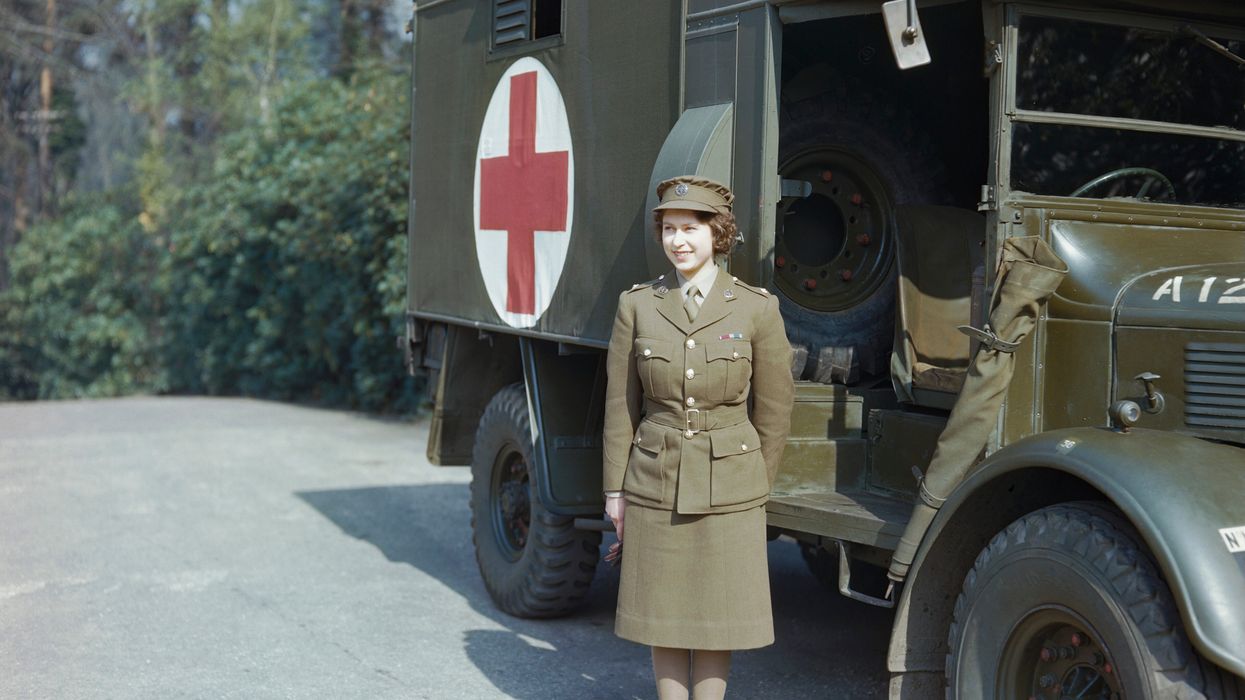Eight decades ago, a group of artists, engineers, professional soldiers, radio operators, advertisement agency professionals, fashion designers, painters, photographers and draftees assembled to accomplish a secret mission. This group was labeled as the “Ghost Army,” a secret troop of soldiers who used the art of creative deception to manipulate and fool enemies, thereby, saving the lives of thousands of Americans. Soldiers of this phantom army are dubbed as the “con artists” of the deadliest war in history, WWII. Even after 80 years, these soldiers’ bravo acts remained unglorified. But, on March 21, these unsung heroes received public recognition through the Congressional Gold Medal, the highest honor the legislative body bestows.
The “Ghost Army” was indeed a rare type of army that employed deception through the use of inflatable tanks, sound effects, radio trickery, and impersonation to fool the Nazis. According to The National WWII Museum, this was the first tactical deception unit in the US Army. It consisted of a military prowess of 82 officers and 1,023 men under the command of Army veteran Colonel Harry L. Reeder. The unit used visual, sonic, and radio deception to fool German forces during WWII’s final year.
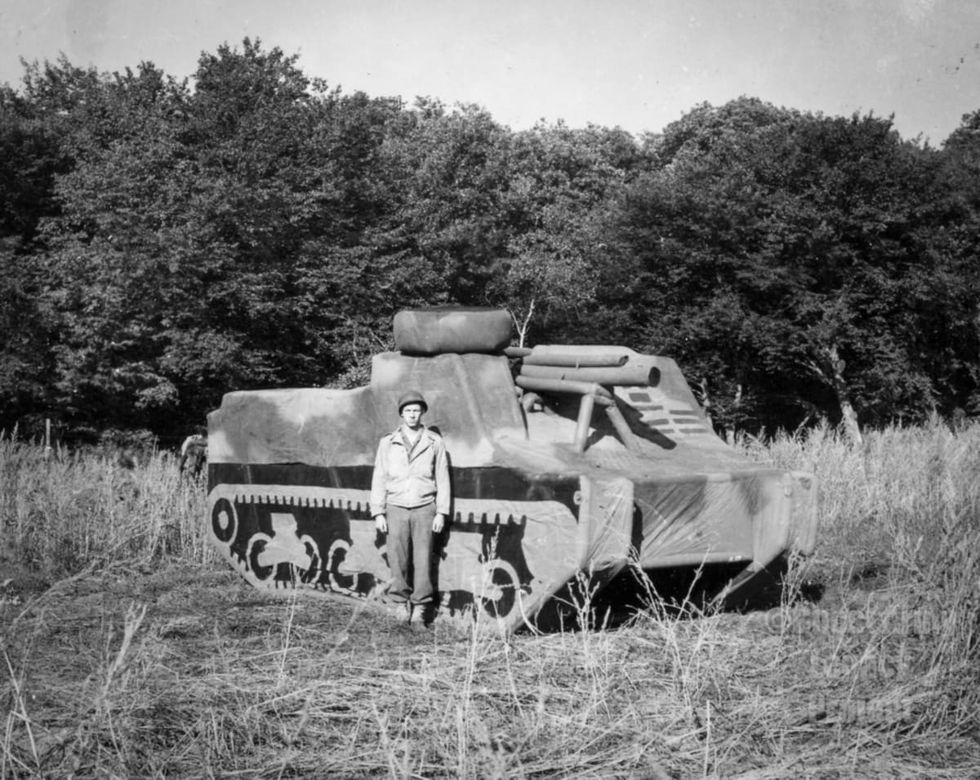
Equipped with fifty caliber machine guns and dummy rubber tanks, the platoon of soldiers carried out 22 deception missions in Europe, spanning from Normandy to the Rhine River. They mislead the Germans about the location of the D-Day landings. The 23rd unit arrived in England in May 1944, shortly before D-Day. It fought an uproarious battle using inflatable tanks and vehicles, fake radio traffic, sound effects, phony generals, fraudulent headquarters, imagination, and illusion to trick the enemy while saving thousands of lives. The 3133rd Signal Service Company in Italy helped them save American servicemen.
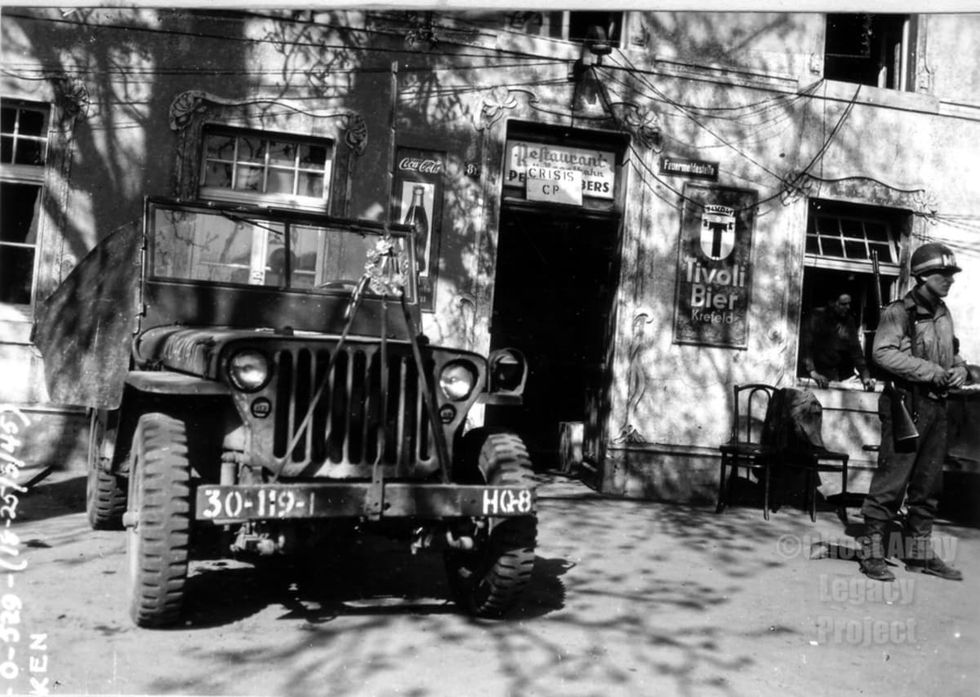
Once the mission was accomplished, the army’s soldiers were sworn to secrecy, records were classified, and equipment packed away. The instance became a piece of forgotten history, until someone spoke about these deceptions in 1985 and it was reported by Smithsonian magazine. The knowledge of the 23rd Headquarters Special Troops was then unveiled bit by bit over the years.
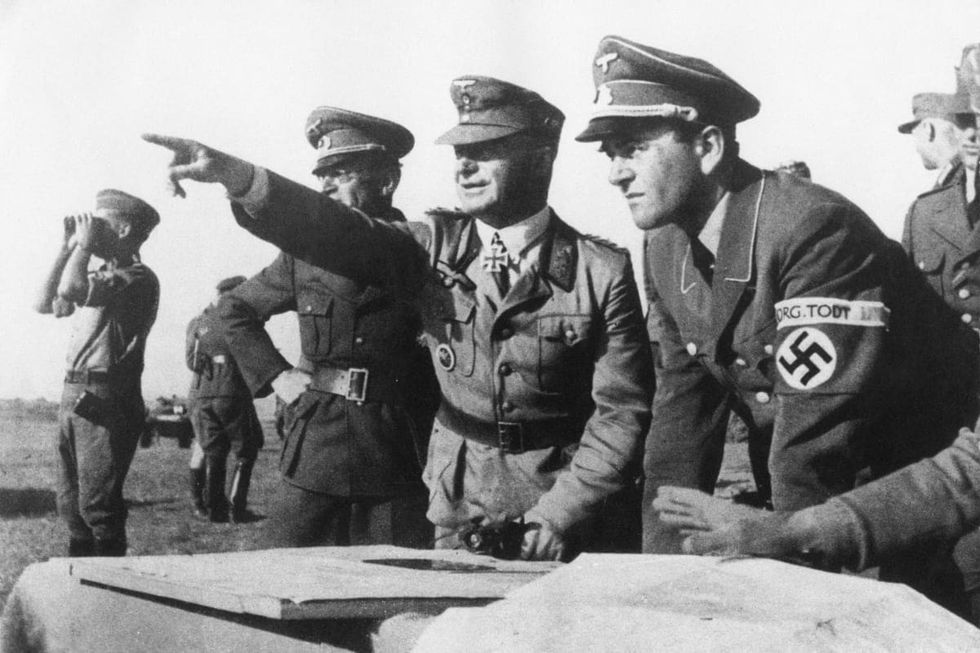
There are just seven surviving members of the “Ghost Army”, three of whom, came to the U.S. Capitol to accept the award, surrounded by military and congressional leaders, lawmakers from both parties, and relatives of "Ghost Army" members. House Speaker Mike Johnson launched the event by reading a quote from a print-out of the U.S. Army's report on the mission, which was declassified in 1996, "Rarely if ever has there existed a group of such few men which had so great an influence on the outcome of a major military campaign."
The National WWII Museum also hosted a special exhibit, titled, “Ghost Army: The Combat Con Artists of World War II.” The exhibition was dedicated to this unit and featured artifacts such as artwork, uniforms, an inflatable tank, and more from this period.
Some of the speakers who featured in the ceremony included Maj. Gen. Paul Stanton, Commanding General, U.S. Army Cyber Center of Excellence and Fort Eisenhower. Also, the 2013 documentary film, “The Ghost Army,” was screened at the medal ceremony. Rick Beyer, who produced this documentary, said, "It has been 80 years since the Ghost Army landed in France, 19 years since I came to this story, nine years that I've been working on the gold medal." Beyer, who is also the president of the nonprofit Ghost Army Legacy Project, continued, "This is a day that has been a long time coming. But it has been well worth the wait, right?"
Bernie Bluestein, the only veteran who spoke at the ceremony, thanked those who had supported the effort. Bernard Bluestein is a 100-year-old veteran of the “Ghost Army.” He served in the visual deception unit. He has been working as a sculptor for the last 30 years. "You've all contributed to my existence and to my being who I am," he said and added, "I'm very proud and happy to be here to receive this honor." Other veterans included John Christman, who served as a demolition specialist in the army. After the war, he worked in a lumber mill and the NJ Department of Corrections. At present, he is 99 years old and a baker who bakes bread for his family holidays and birthday celebrations. Seymour Nussenbaum is the third 100-year-old veteran. As part of the secret troop, he helped to make the counterfeit patches used by the unit in Special Effects. As the veterans were honored with the gold medal, the lobby erupted and roared with thunders of applause.





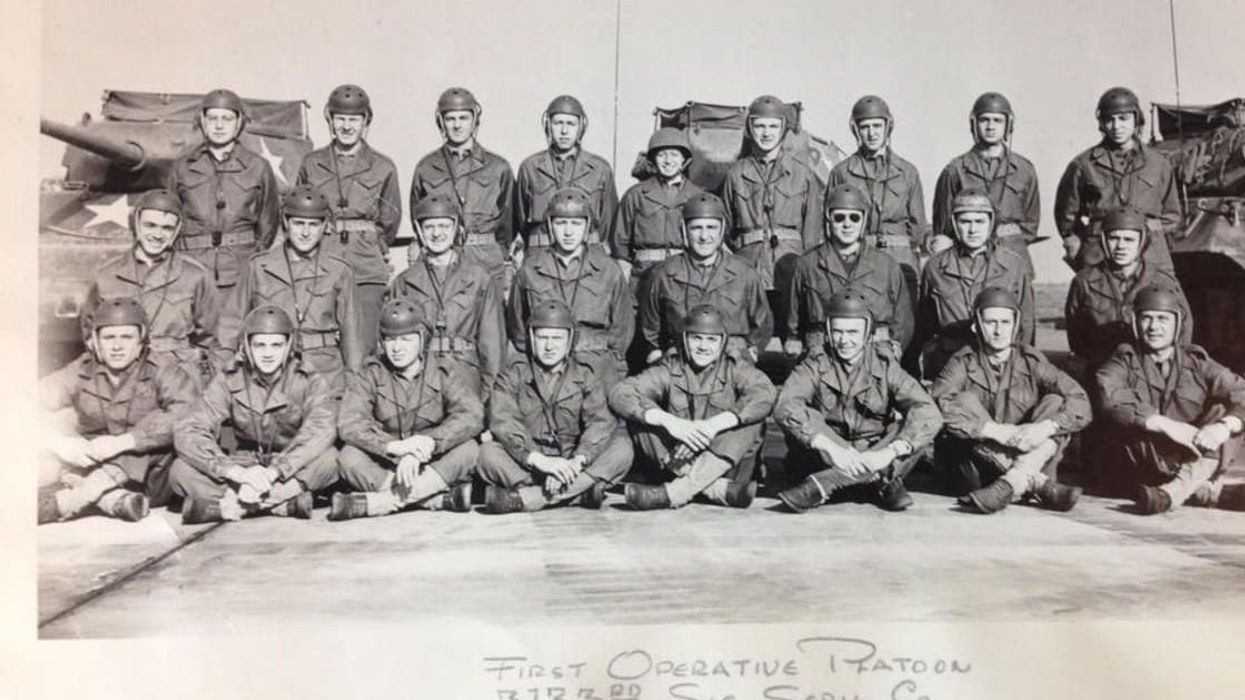

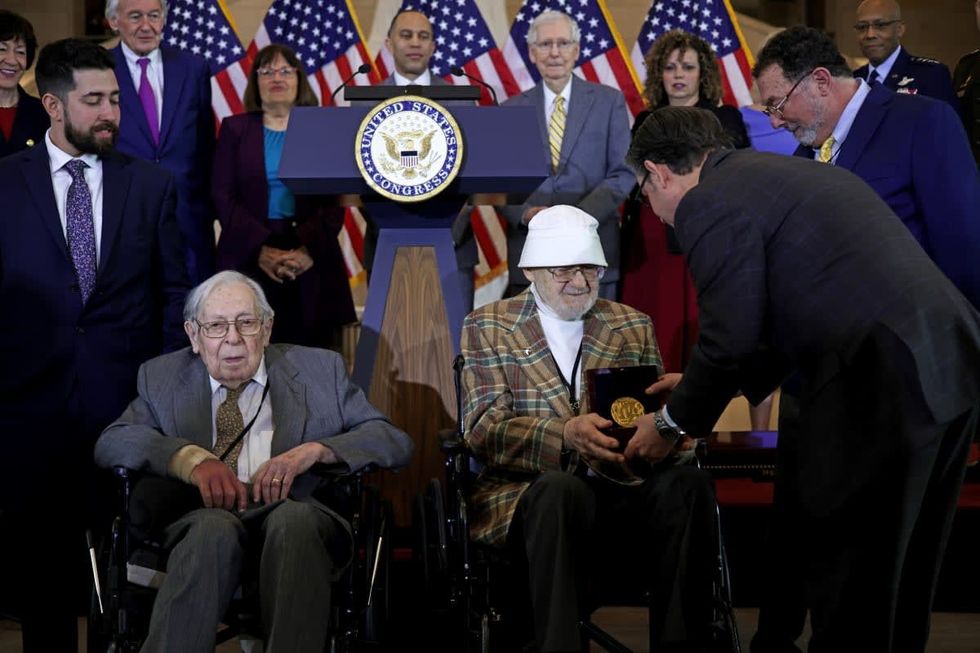











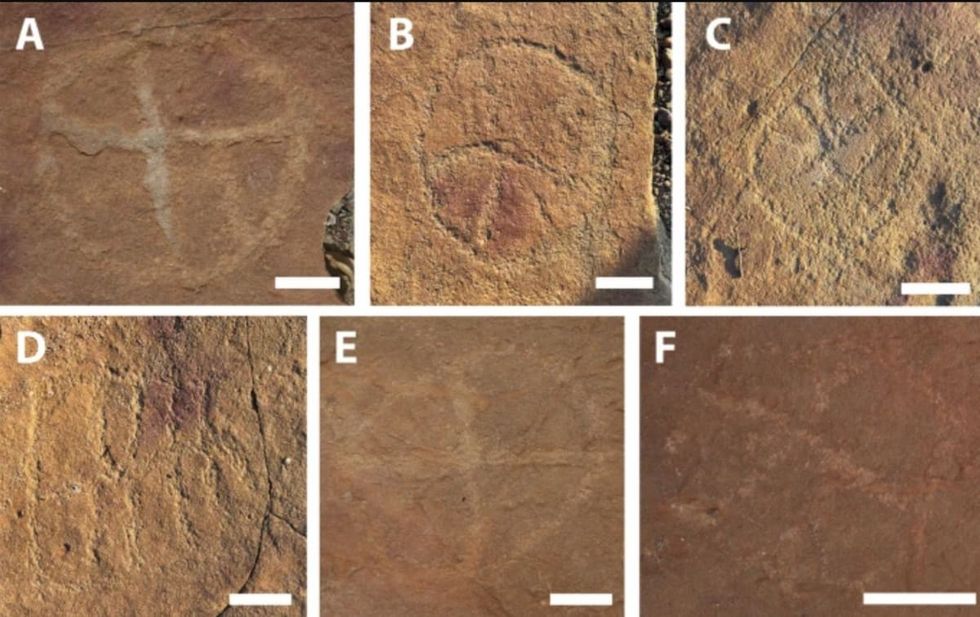 Image frmo Scientific Reports of ancient artwork. Image Source:
Image frmo Scientific Reports of ancient artwork. Image Source: 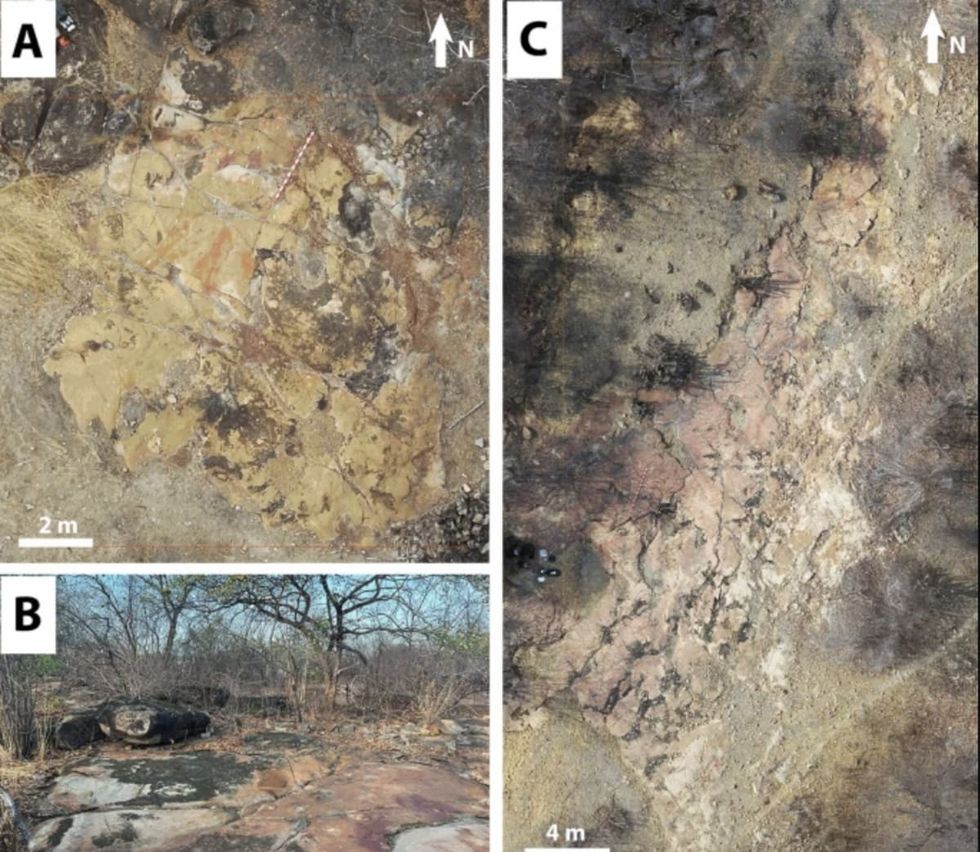 Image frmo Scientific Reports of ancient artwork.Image Source:
Image frmo Scientific Reports of ancient artwork.Image Source: 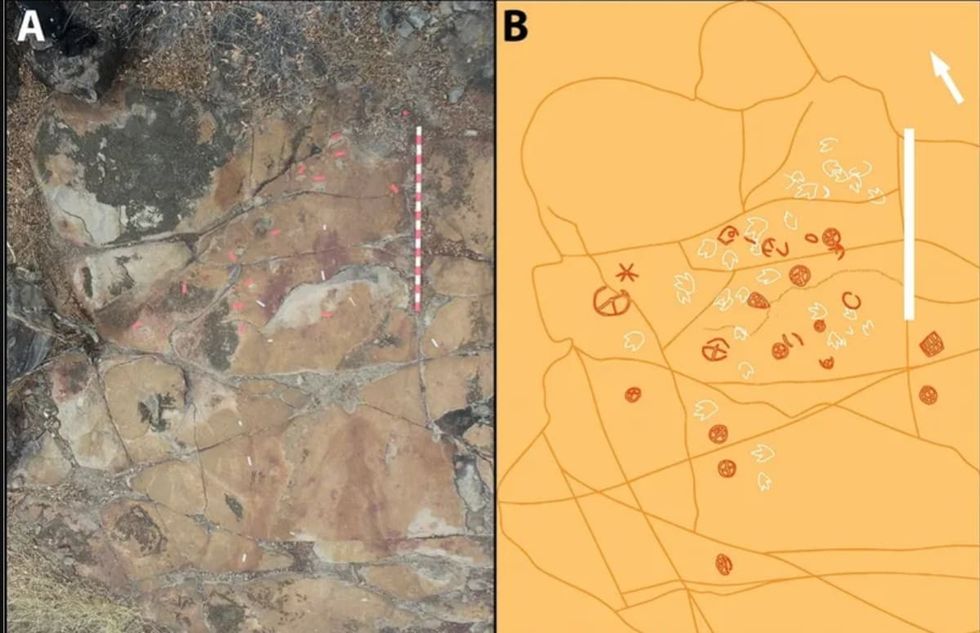 Image frmo Scientific Reports of ancient artwork.Image Source:
Image frmo Scientific Reports of ancient artwork.Image Source: 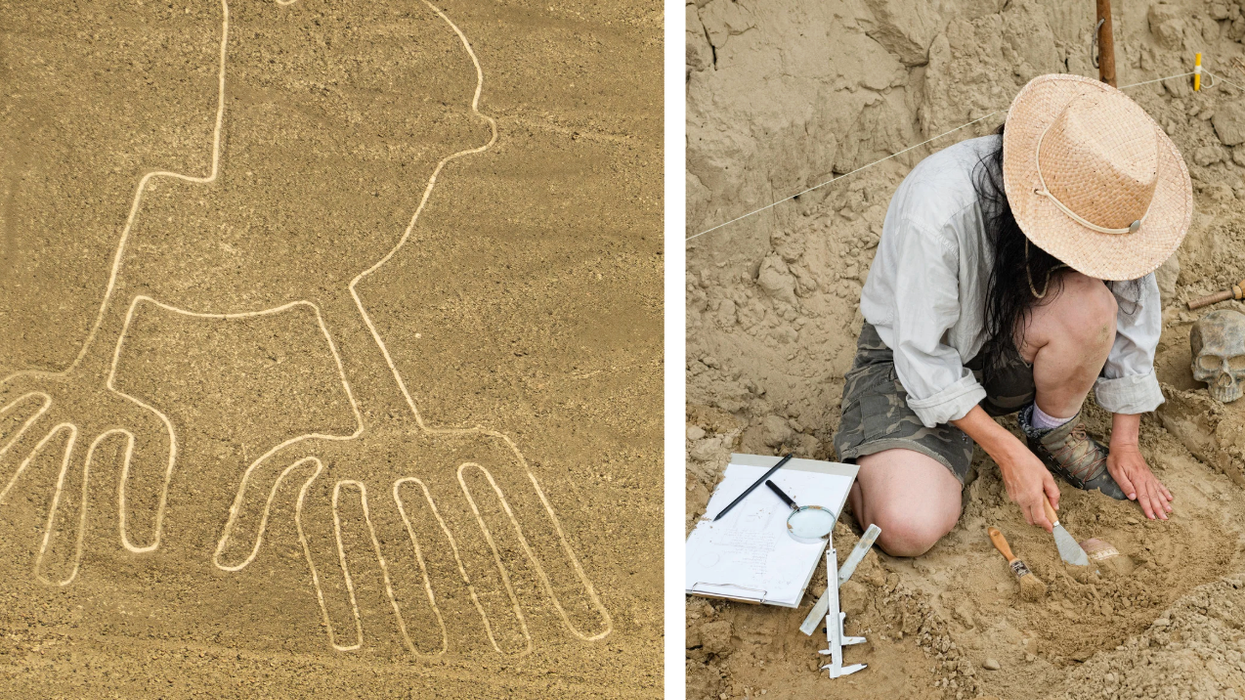

 It's difficult to imagine seeing a color and not having the word for it. Canva
It's difficult to imagine seeing a color and not having the word for it. Canva
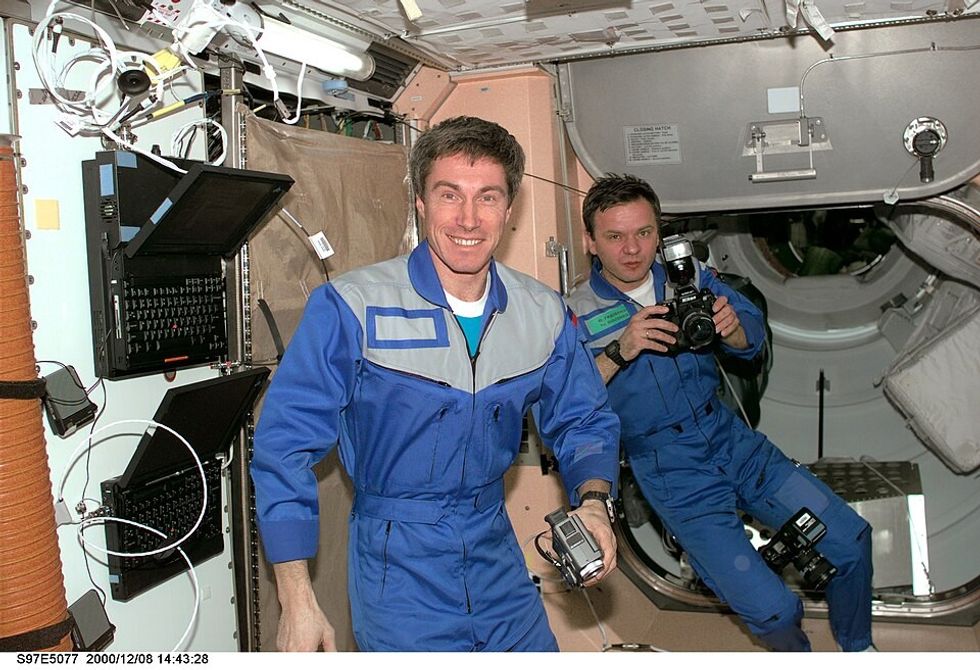 Sergei Krikalev in space.
Sergei Krikalev in space. 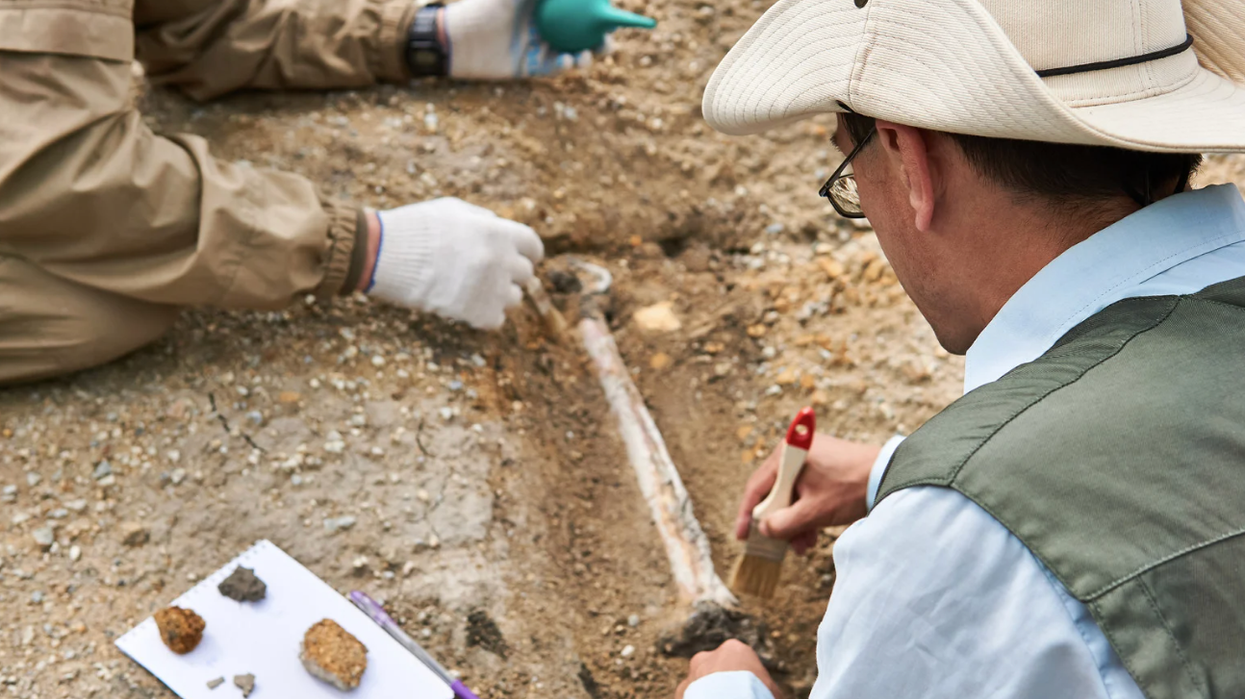


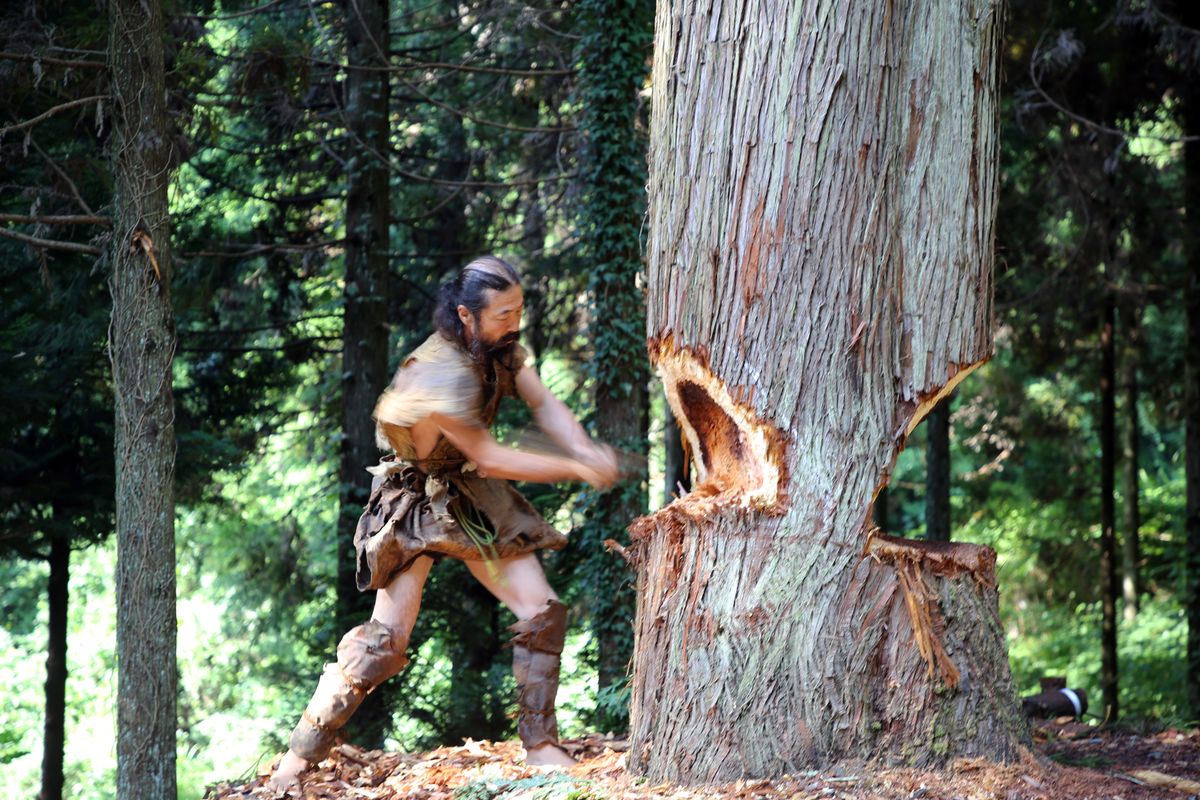 The team also crafted their canoe using ancient methods and Stone Age-style tools. National Museum of Nature and Science, Tokyo
The team also crafted their canoe using ancient methods and Stone Age-style tools. National Museum of Nature and Science, Tokyo The cedar dugout canoe crafted by the scientist team. National Museum of Nature and Science, Tokyo
The cedar dugout canoe crafted by the scientist team. National Museum of Nature and Science, Tokyo